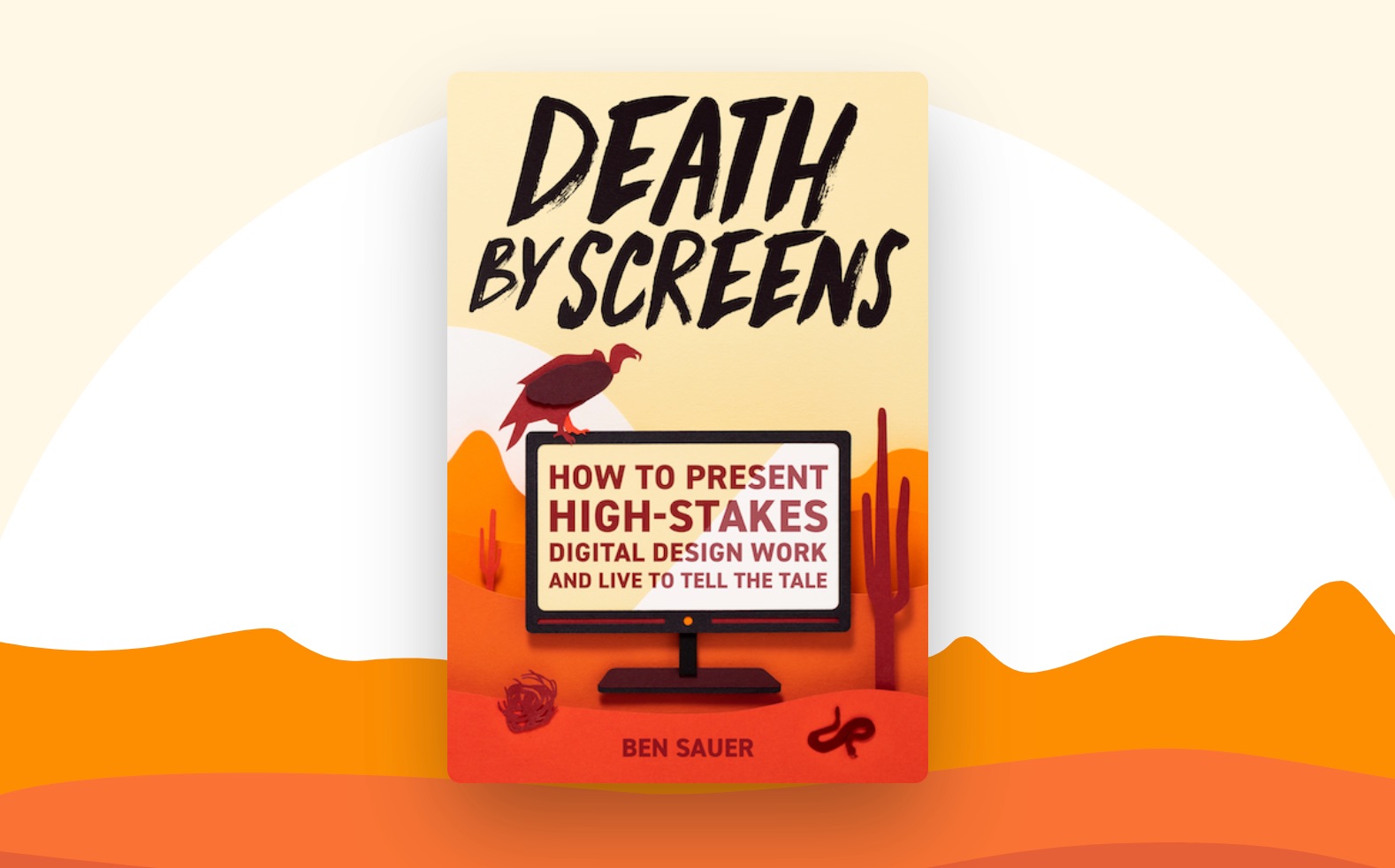The Amazon Effect
Ever heard of ‘The Amazon Effect’ in usability testing?
Picture this: you’re testing an e-commerce website for a client. But right when the participants you’re observing are about to buy something, they open Amazon in a new tab. When asked why, they say:
“well I always check prices against Amazon before buying.”
I’m not here to tell you about The Amazon Effect, but how one might use the story of The Amazon Effect. What if second-order outcomes like this are actually a persuasive way to explain your intent? They're more likely to make your colleagues sit up and listen.
What if someone at Amazon had said:
“our service is going to be so good, every time people purchase elsewhere they’ll compare the price to ours.”
Missions start with a broad 'why'
Simon Sinek encourages founders to ‘start with why’ for a company mission. For example, Lady Ada started the open source hardware company Adafruit in order to make technology more accessible and understandable to the public. A compelling mission motivates the whole organisation with purpose: but we can use this same approach for something more specific.
In Death by Screens, I propose that designs are best introduced with really clear outcomes in mind. Usually some combination of a business objective, and a user need. And you should include these, for clarity’s sake, but let’s face it: no-one’s going to be all that surprised when you tell them your aim is to ‘increase the conversion rate with better search results’.
The secret ambition
So let’s add another type of goal. A secret ambition should have an element of the nod and wink, the inside joke, that something beyond the usual business fluff.
Secret ambitions often start like this:
“We’re going to make it so good that...”
And lead to an ambitious, second-order effect. The less obvious, the better.
Screen example: utility bill
“We’re going to make what you’re being charged so clear, our competitors will feel obliged to copy our design.”
Feature example: language learning app leaderboard
“The leaderboard will be so competitive, students will put their ranking on college applications.”
Product example: Slack
“It will be so useful as a communication channel that people will start to use the word ‘slack’ as a verb.”
The second order effect of clarifying second order effects
But hey, while it’s useful to get other people smiling at your cheeky ambition, the real reason you should dream of less-obvious outcomes is that they will inspire you. When we get stuck in the weeds of a design, it’s really easy to lose sight of why we’re doing something, the greatness we’re aiming for.
Write your secret ambitions for selfish reasons: they sharpen one’s own mind to what’s important.
For much more depth on goals as a method of persuasion, I highly recommend Jeroen van Geel's Pitching Ideas: make people fall in love with your idea.

